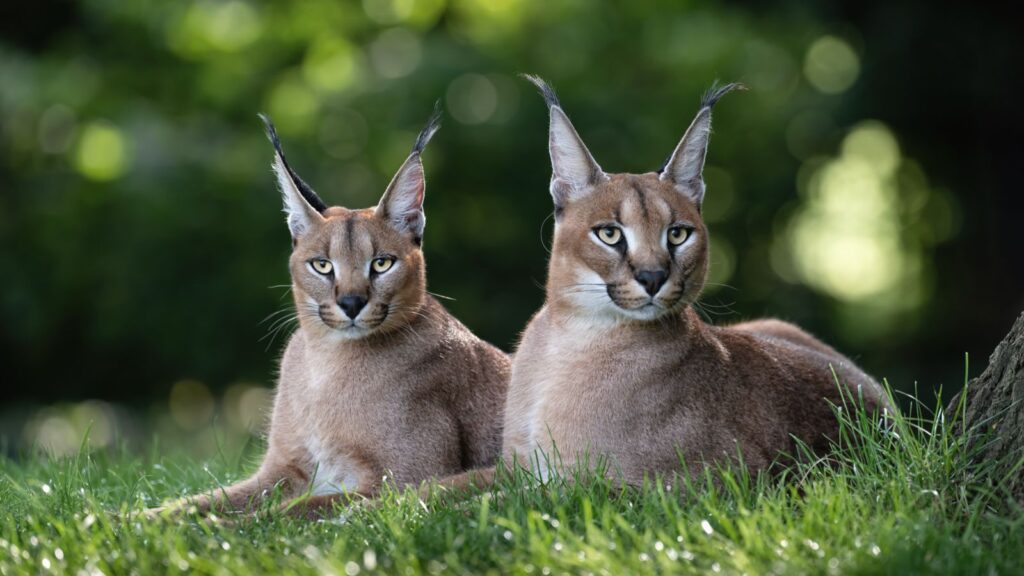The African savanna is home to some of the most impressive and fearsome animals on the planet, and these creatures have adapted to thrive in harsh conditions. Each animal plays a crucial role in the ecosystem, so let’s take a look at 20 of the fiercest animals that call the savanna home.
Lion
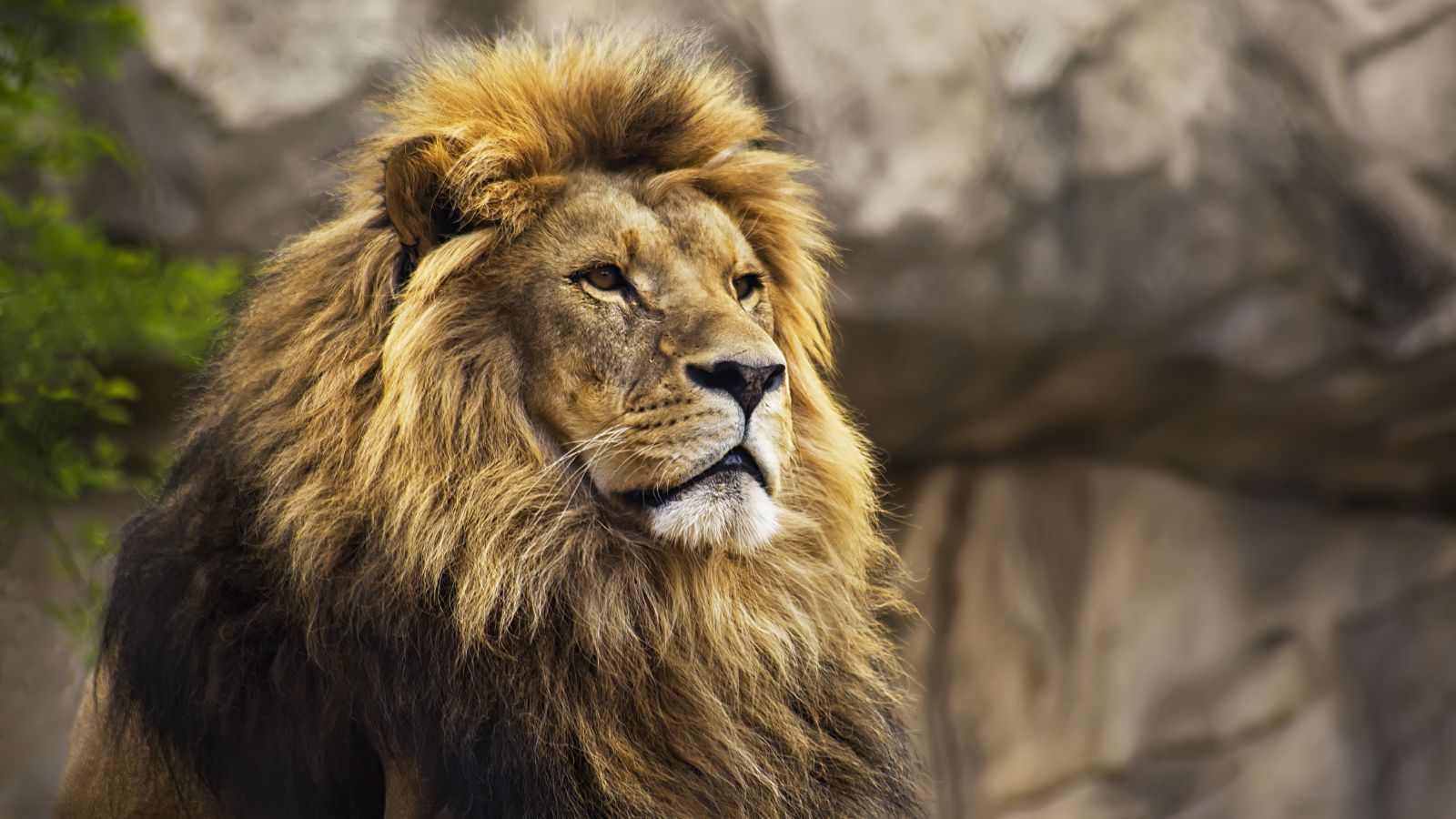
Known as the king of the jungle, lions are the most iconic predators of the African savanna. These majestic cats live in prides, which are family units that work together to hunt. According to the National Geographic “Lion prides can be as small as 3 or as big as 40 animals.” They are incredibly powerful, with the ability to take down large prey such as zebras and buffaloes.
Cheetah
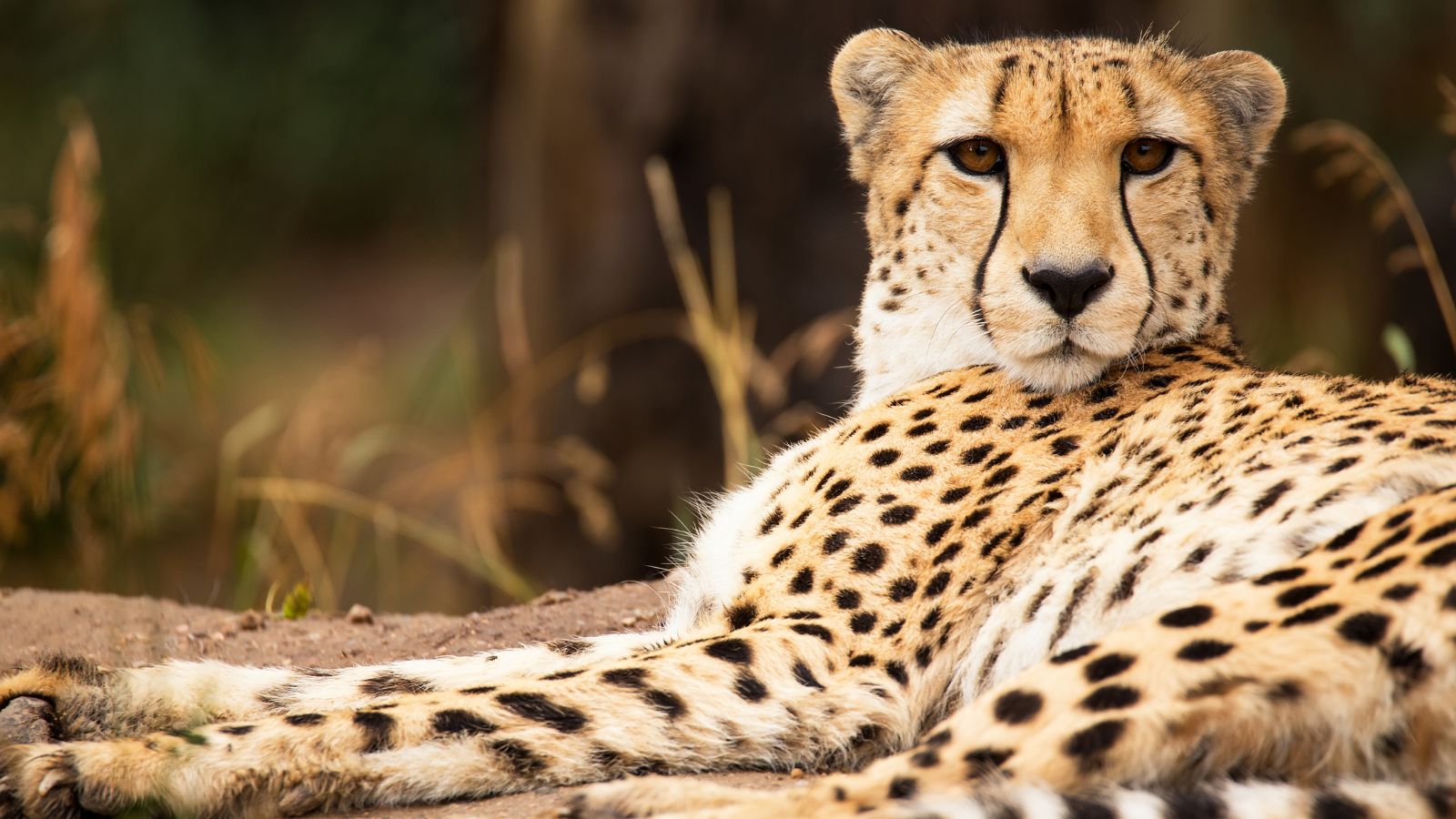
Cheetahs are the fastest land animals, capable of reaching speeds up to 70 miles per hour in short bursts. Their slender bodies and long legs make them perfectly adapted for sprinting across the savanna. Unlike other big cats, cheetahs rely on their speed rather than strength to catch their prey.
Elephant
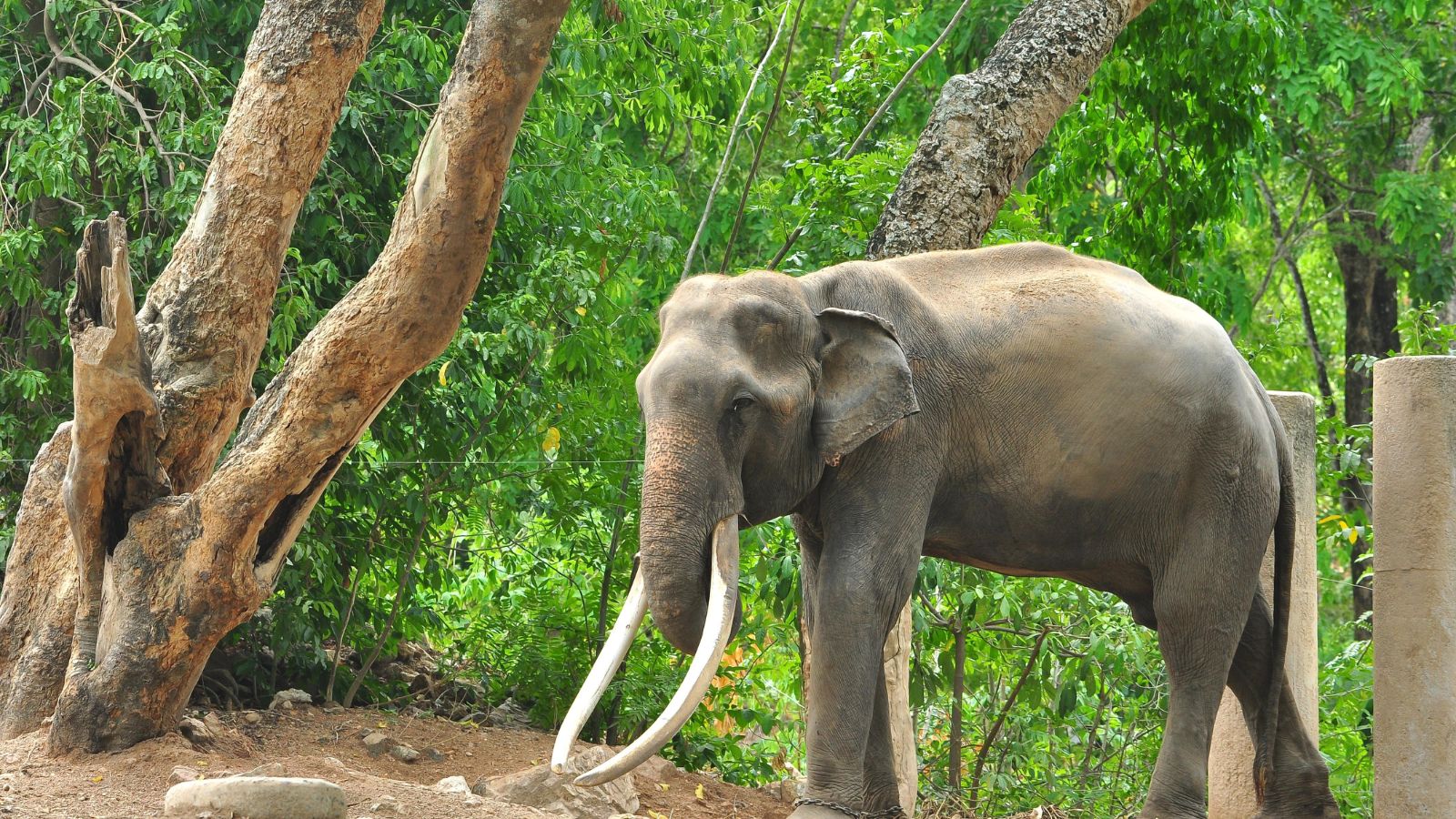
As the largest land animals on Earth, elephants are a vital part of the African savanna ecosystem. These gentle giants have incredible strength and intelligence, allowing them to shape their environment by uprooting trees and creating water holes. Elephants live in tight-knit herds led by a matriarch, and they’re known for their strong family bonds.
Leopard
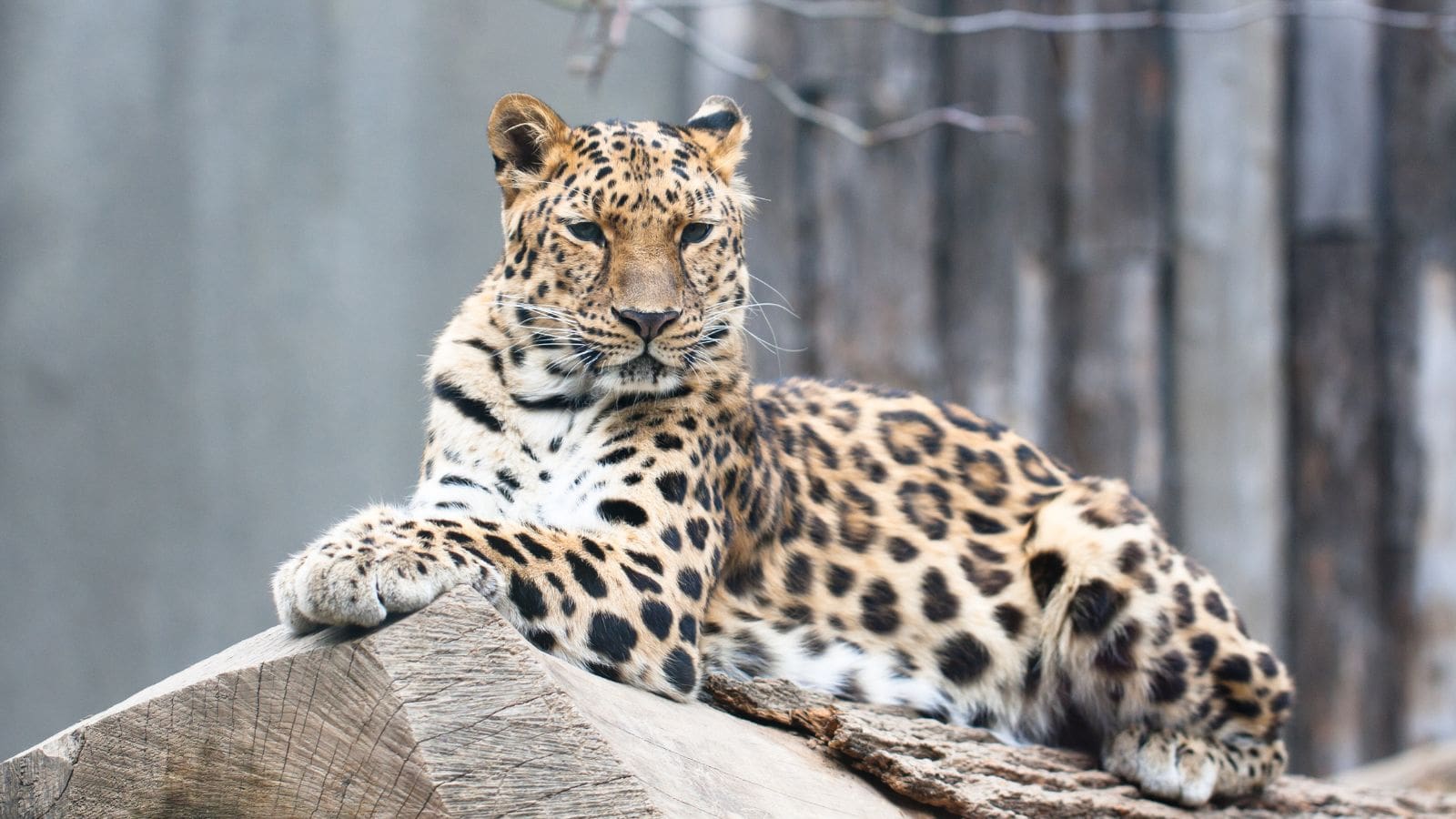
Leopards are elusive and solitary predators known for their stealth and agility. They are masters of camouflage, blending seamlessly into the savanna’s landscape with their rosette-patterned coats. Leopards are incredibly versatile hunters, able to take down a wide range of prey, from small birds to large antelopes.
Rhinoceros
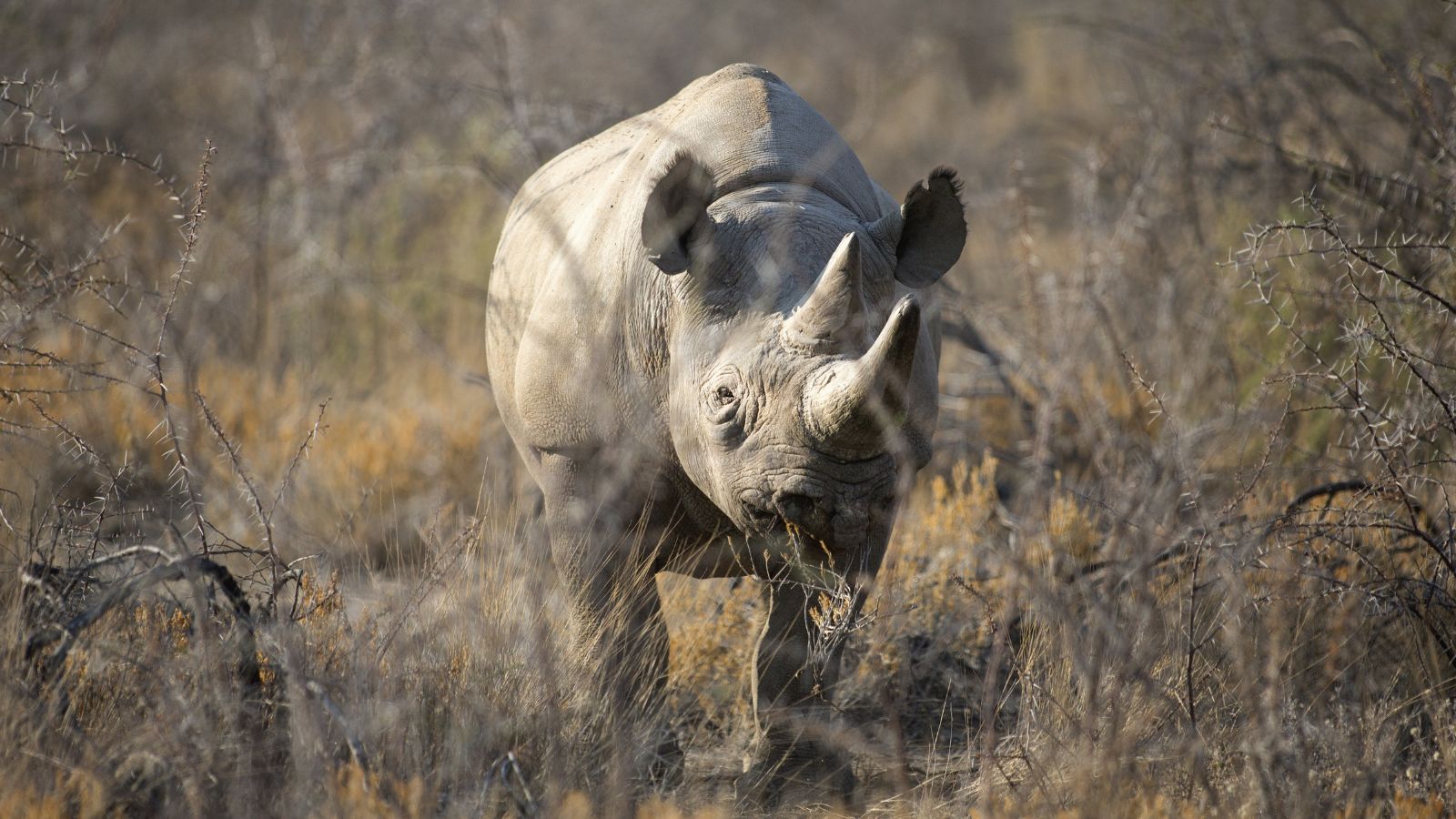
Powerful and resilient animals with thick, protective skin and formidable horns, both black and white rhinos inhabit the African savanna, each playing a crucial role in maintaining the balance of their ecosystem. Despite their size and strength, rhinos are herbivores, grazing on grasses and leaves.
Gazelle
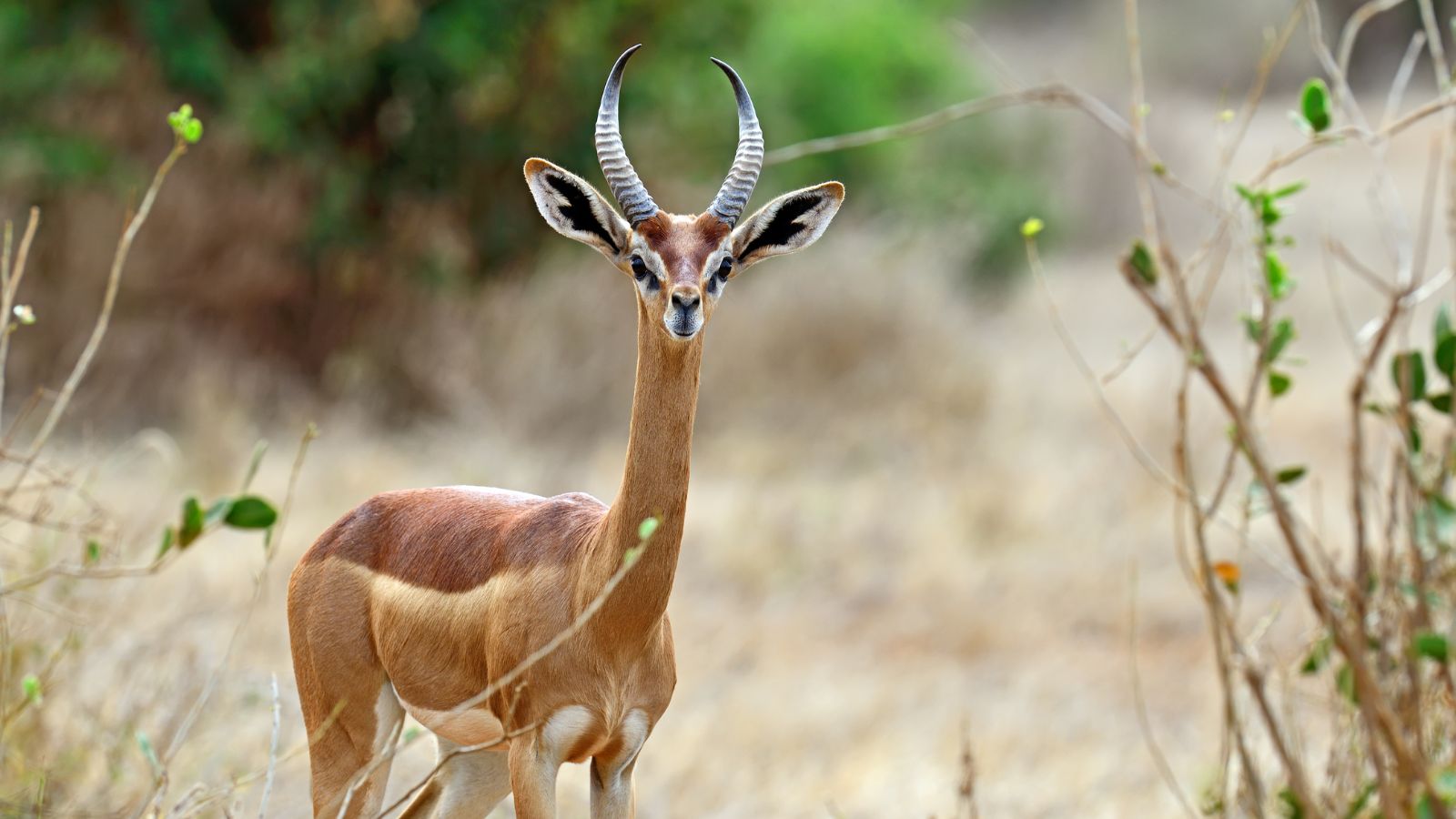
Gazelles are graceful and swift antelopes that are a common sight on the savanna. Known for their incredible speed and agility, gazelles can leap and bound to escape predators. Their slender bodies and long legs make them excellent runners, able to maintain high speeds over long distances.
Buffalo
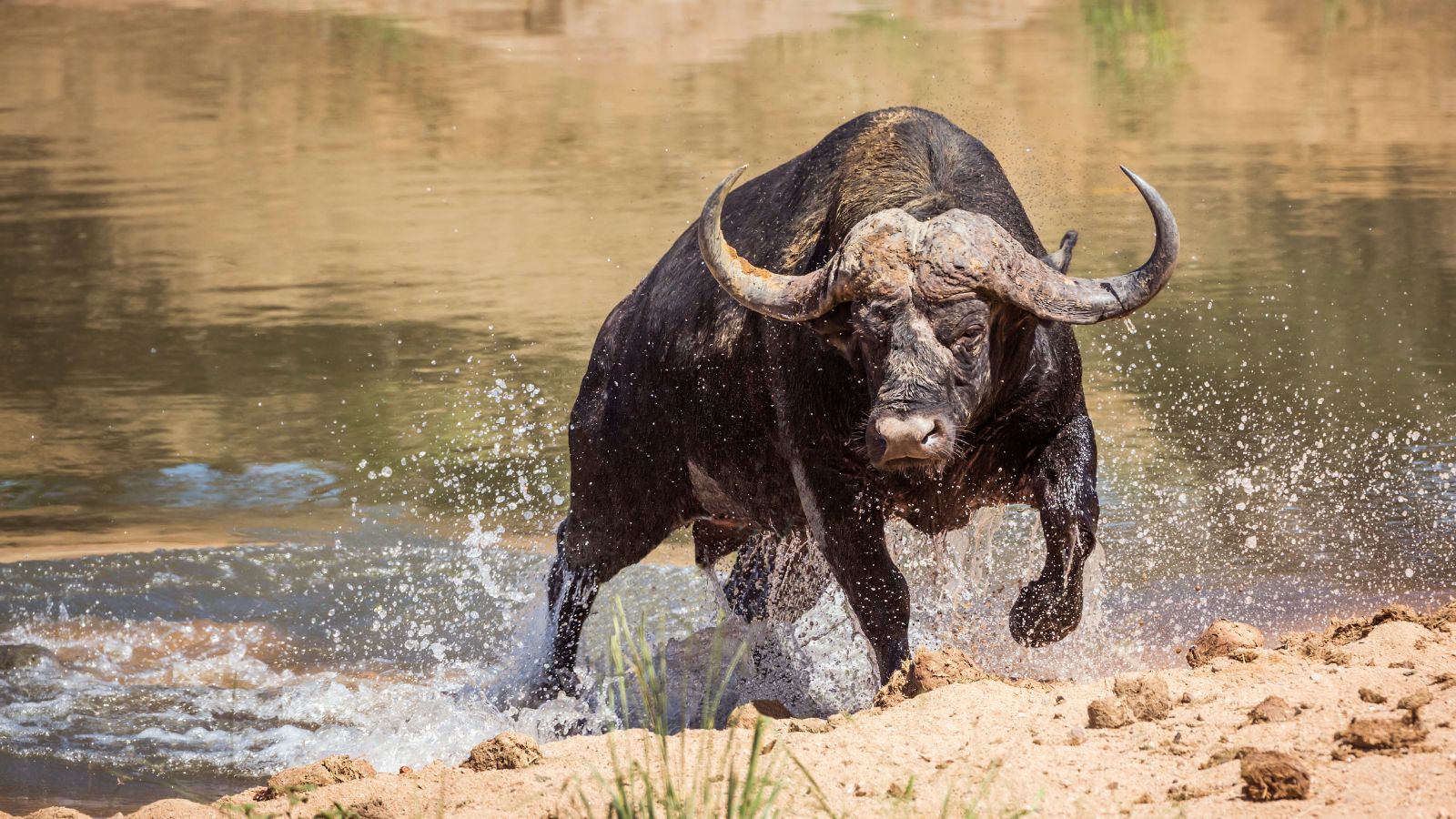
You’ll also find African buffaloes on the plains, robust and tenacious animals that travel in large herds, with a reputation for their strength and protective nature. Buffaloes are capable of defending themselves against predators like lions, and they have a powerful build, with muscular bodies and distinctive curved horns.
Hyena
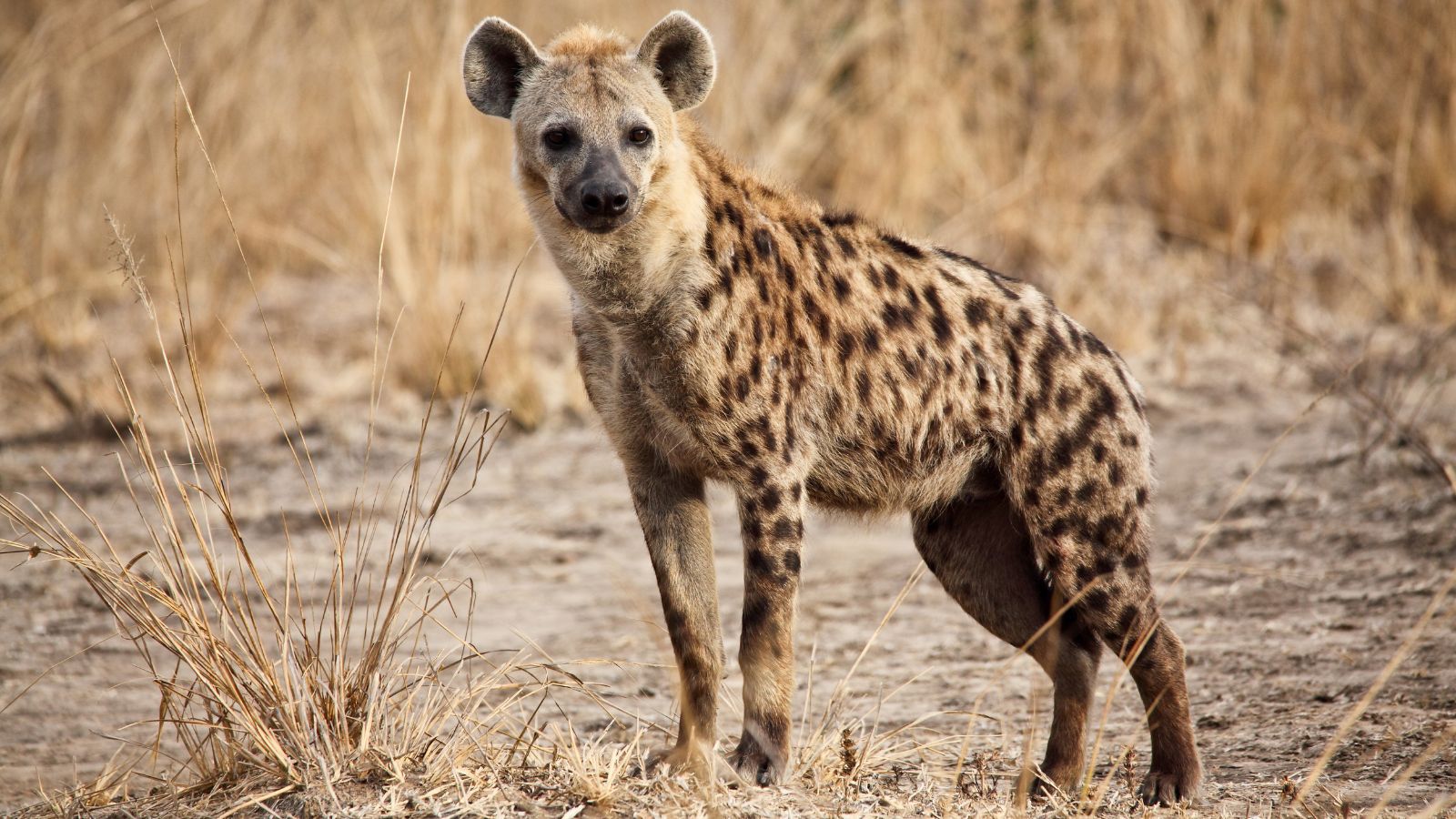
Hyenas are often misunderstood but play a crucial role in the savanna ecosystem as both predators and scavengers. They have distinctive laugh-like calls and are highly intelligent and social animals. They live in clans led by a dominant female, working together to hunt and defend their territory.
Giraffe
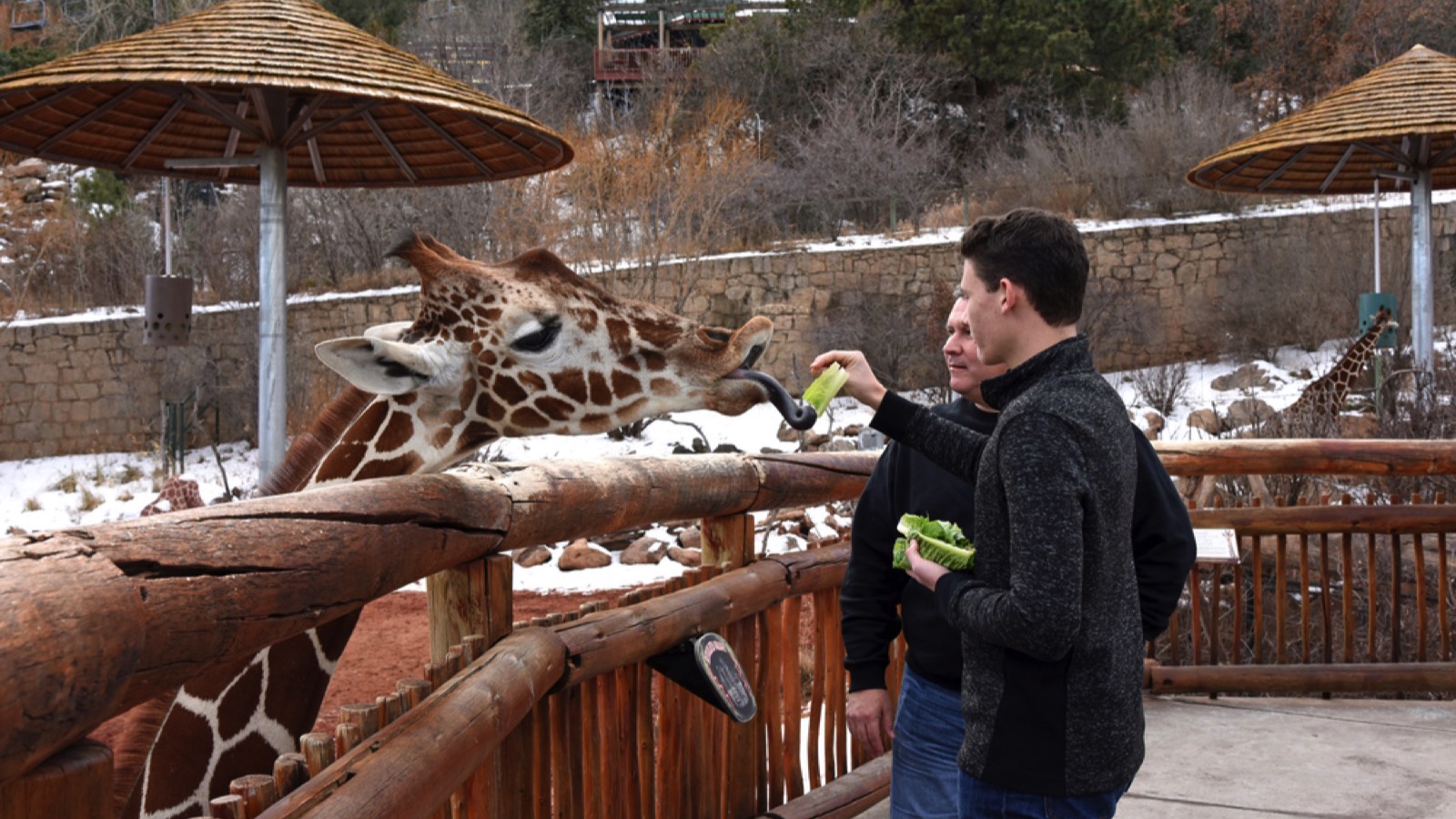
Giraffes are the tallest land animals. With their long necks and legs, they feed on leaves high up in trees that other animals can’t reach. Giraffes play a vital role in shaping the savanna’s vegetation. They live in loose herds, and their height gives them a unique advantage in spotting predators from a distance.
Ostrich
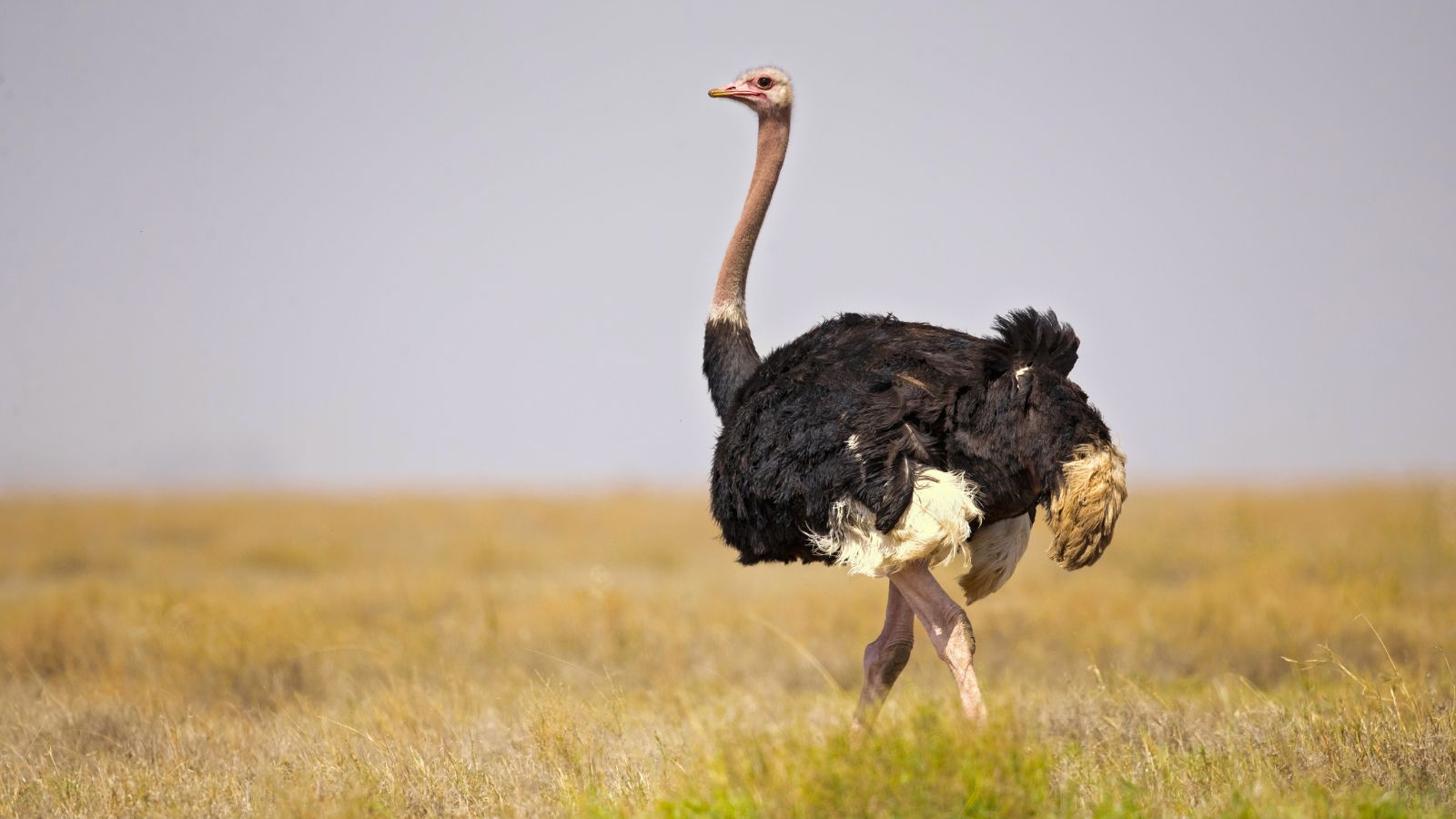
Ostriches are the largest and fastest birds in the world, capable of running at speeds up to 45 miles per hour. These flightless birds are well-adapted to the savanna, with strong legs and sharp claws for defence. Ostriches also have excellent eyesight and can spot predators from far away.
Honey Badger
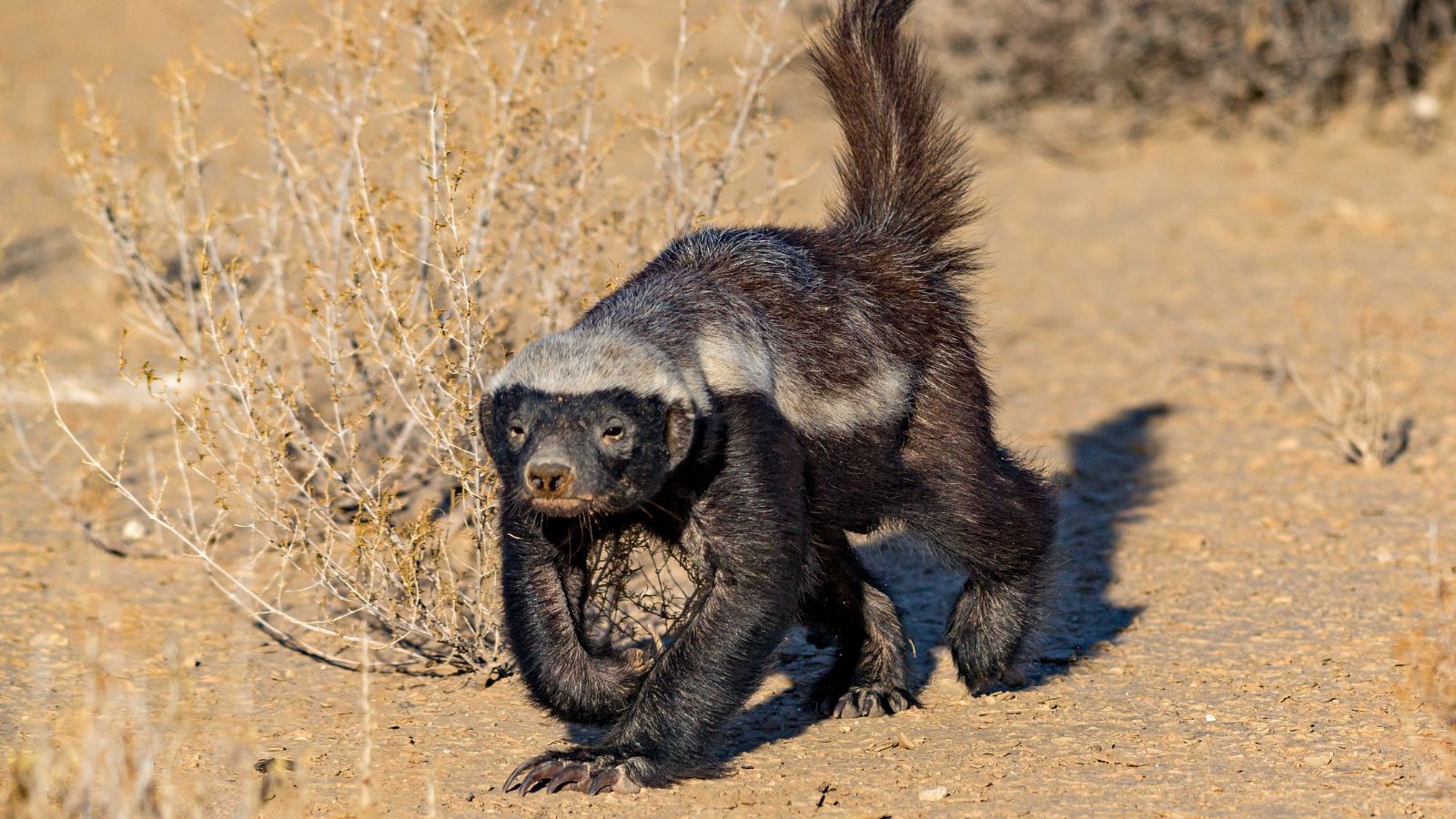
Small but incredibly fierce, honey badgers are known for their fearless nature and tough demeanour. Their thick skin and powerful jaws allow them to take on much larger predators and even venomous snakes. Honey badgers are solitary and highly intelligent, using their wits and strength to find food and defend themselves.
Caracal
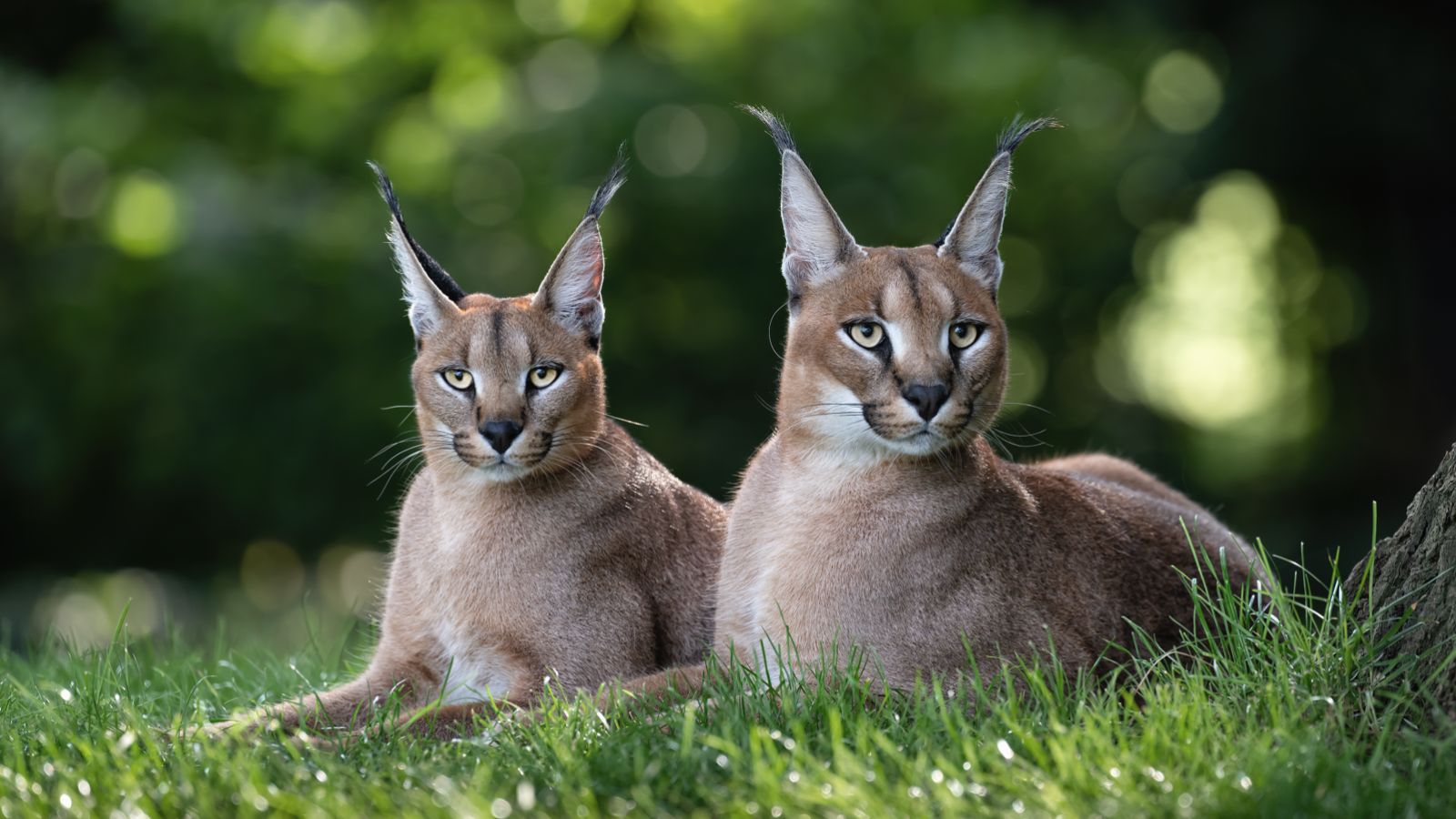
If you’ve never seen a caracal before, it’s a medium-sized wild cat known for its distinctive tufted ears and incredible agility. They’re elusive and solitary, often hunting at night to avoid larger predators, and are even capable of leaping high into the air to catch birds in flight.
Nile Crocodile
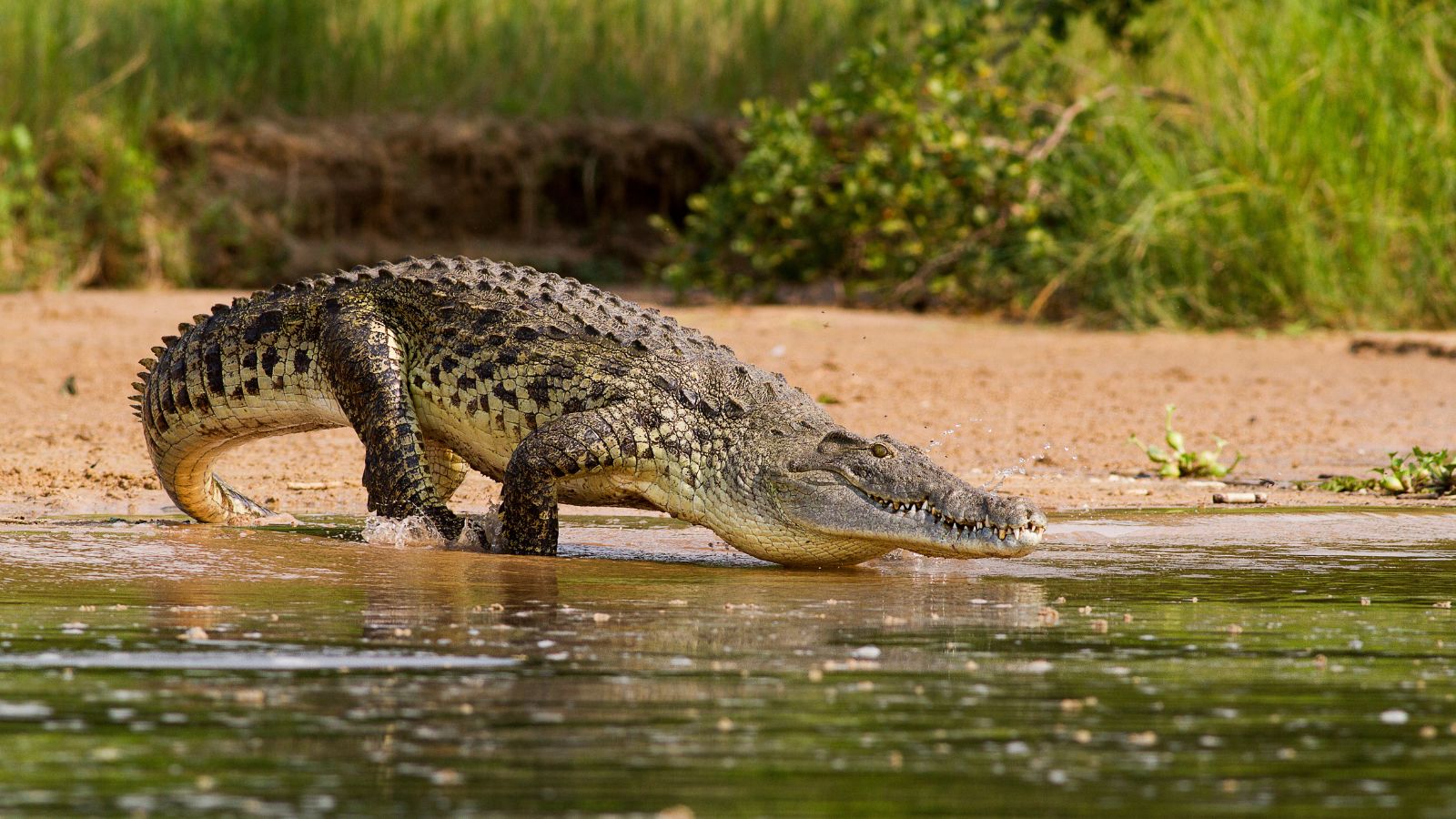
Nile crocodiles are some of the most fearsome reptiles in the African savanna and are found lurking in rivers and watering holes. Nile crocodiles can take down a wide range of animals, from fish to large mammals. These ancient predators have powerful jaws and a stealthy hunting style, often ambushing their prey from the water.
Wild Dog
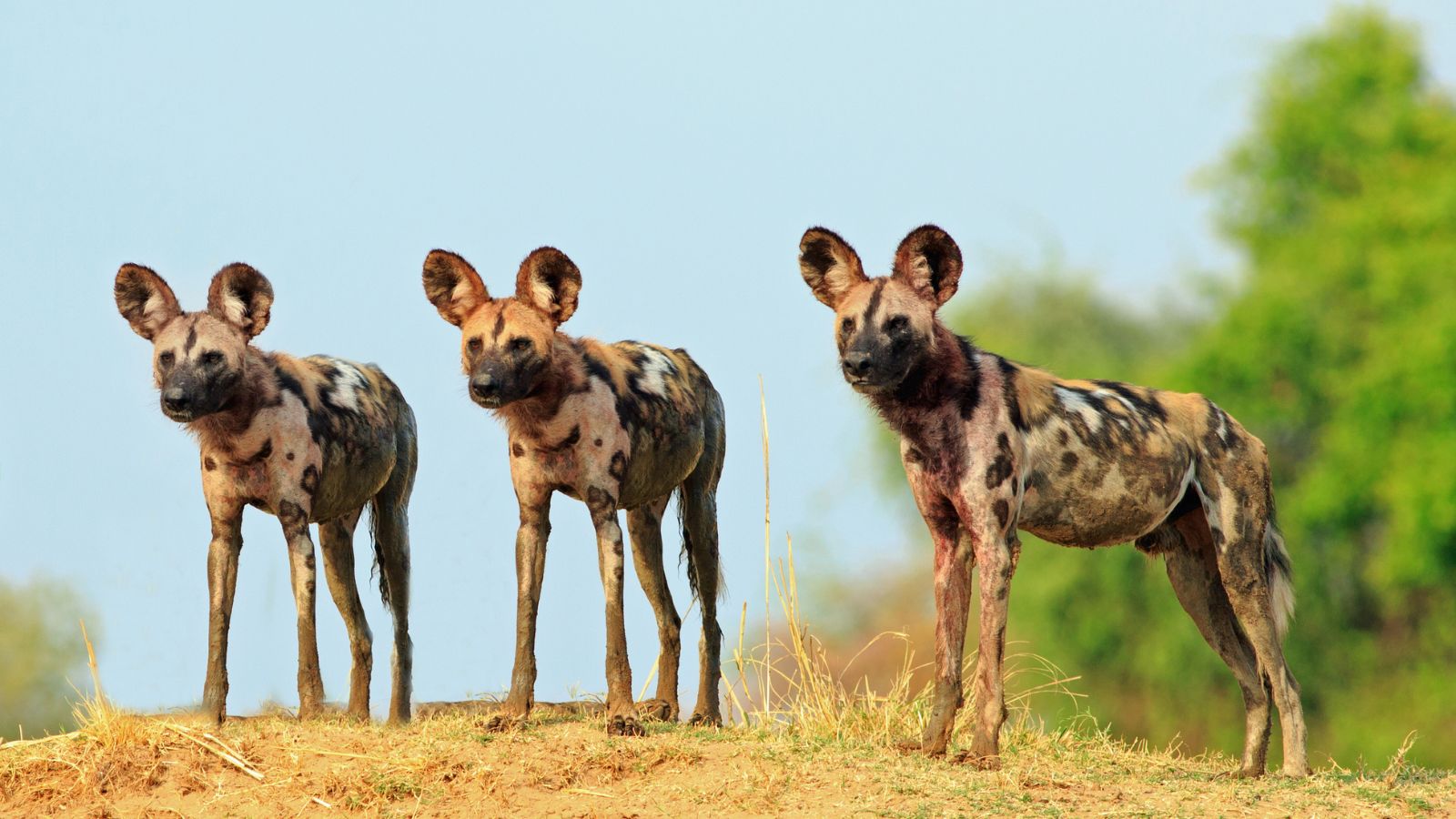
Also known as painted wolves, wild dogs are highly social and cooperative hunters. They live in packs led by a dominant pair and rely on teamwork to bring down prey. Wild dogs have a distinctive coat pattern of black, white, and brown patches, making them easily recognisable.
Jackal
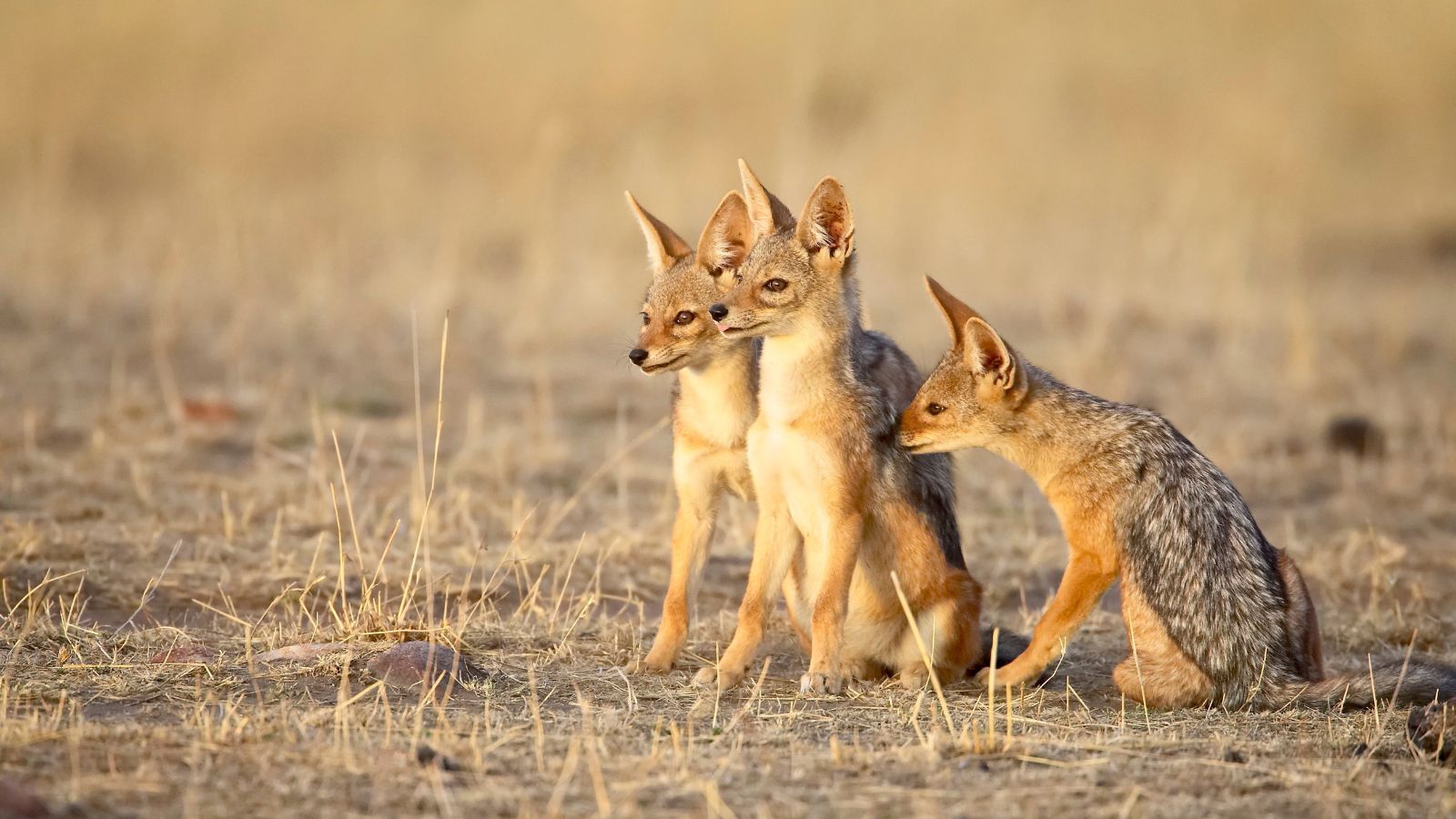
Jackals are cunning and adaptable animals that thrive on the plains. These small canids are known for their resourcefulness and ability to scavenge or hunt for food. Jackals live in pairs or small family groups, working together to defend their territory and raise their young.
Impala
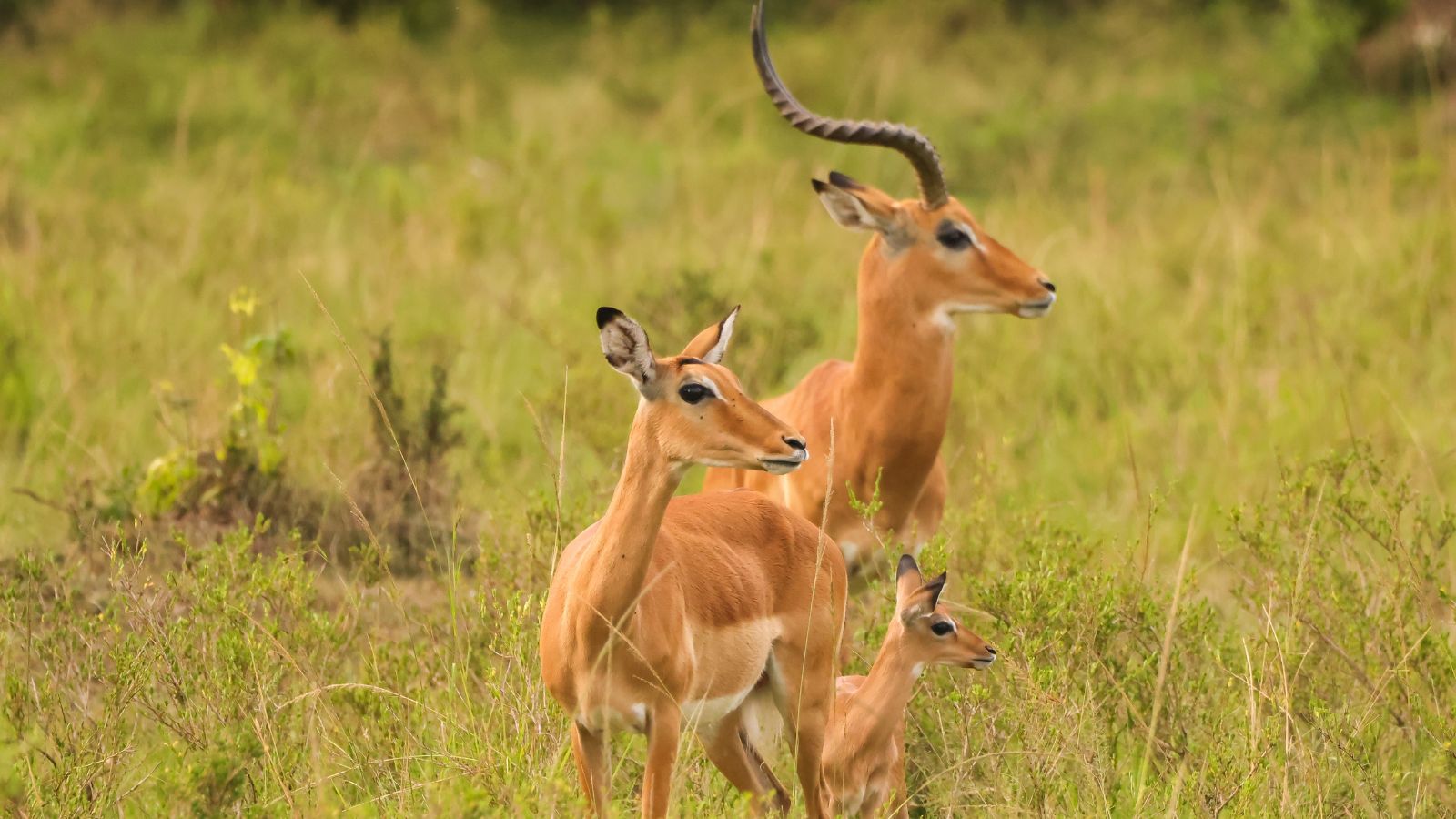
With an impressive reputation for their leaping ability, impalas can jump over 10 feet in the air to escape predators. They live in herds, which provide protection and increase their chances of survival. They have reddish-brown coats with distinctive black markings.
Hippopotamus
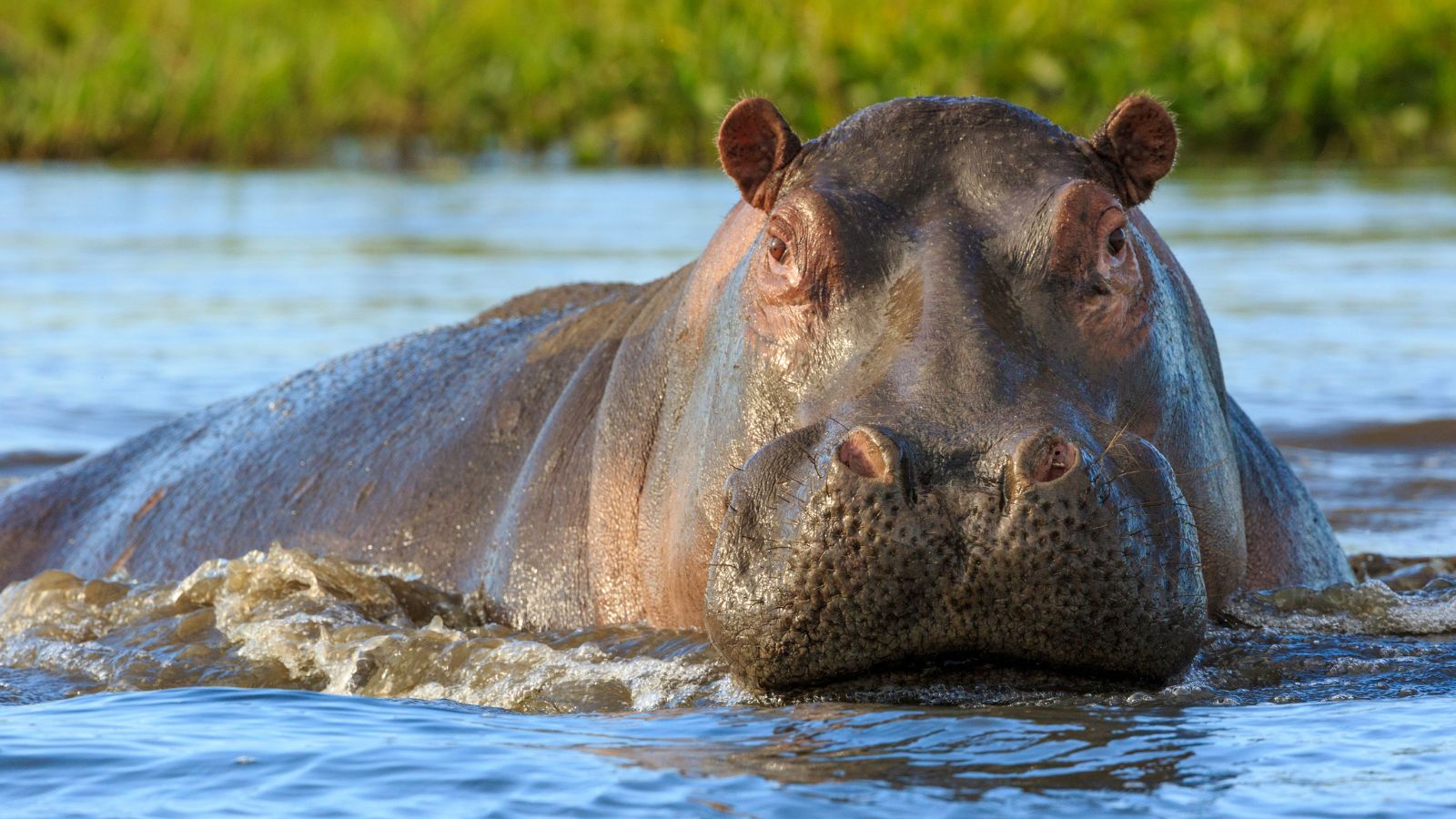
Hippopotamuses are large, semi-aquatic mammals that spend much of their time in rivers and lakes, but despite their seemingly docile appearance, hippos are incredibly powerful and can be very aggressive. They have massive jaws and sharp teeth, capable of inflicting serious damage. Hippos also play a crucial role in their ecosystem by creating channels in the water and spreading nutrients.
Warthog
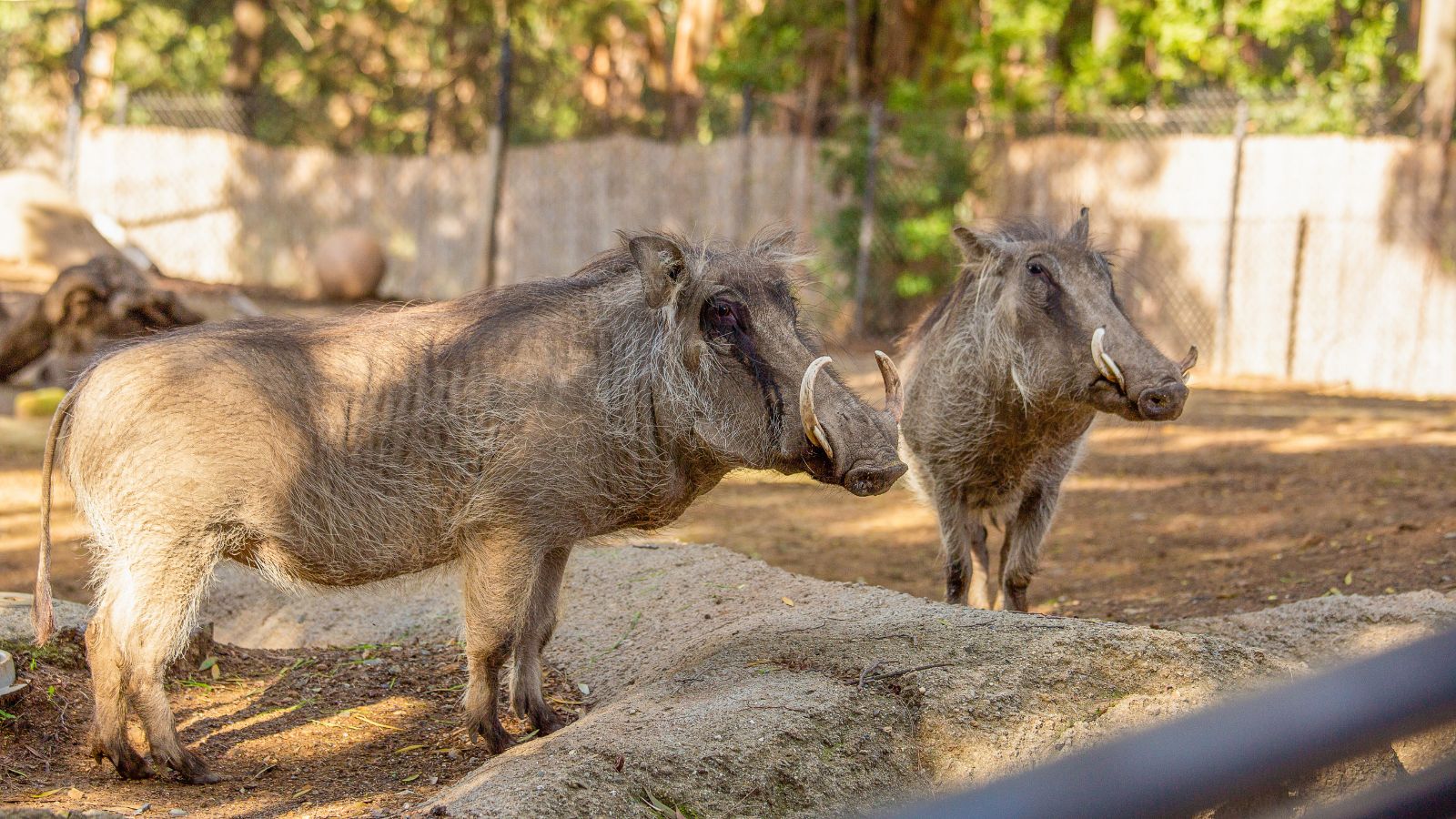
Robust and resilient animals that are well-adapted to the savanna’s harsh conditions, a warthog has distinctive tusks and a unique appearance. Warthogs have a stocky build and a tough, bristly coat and are able to dig for food and create burrows for shelter.
Meerkat
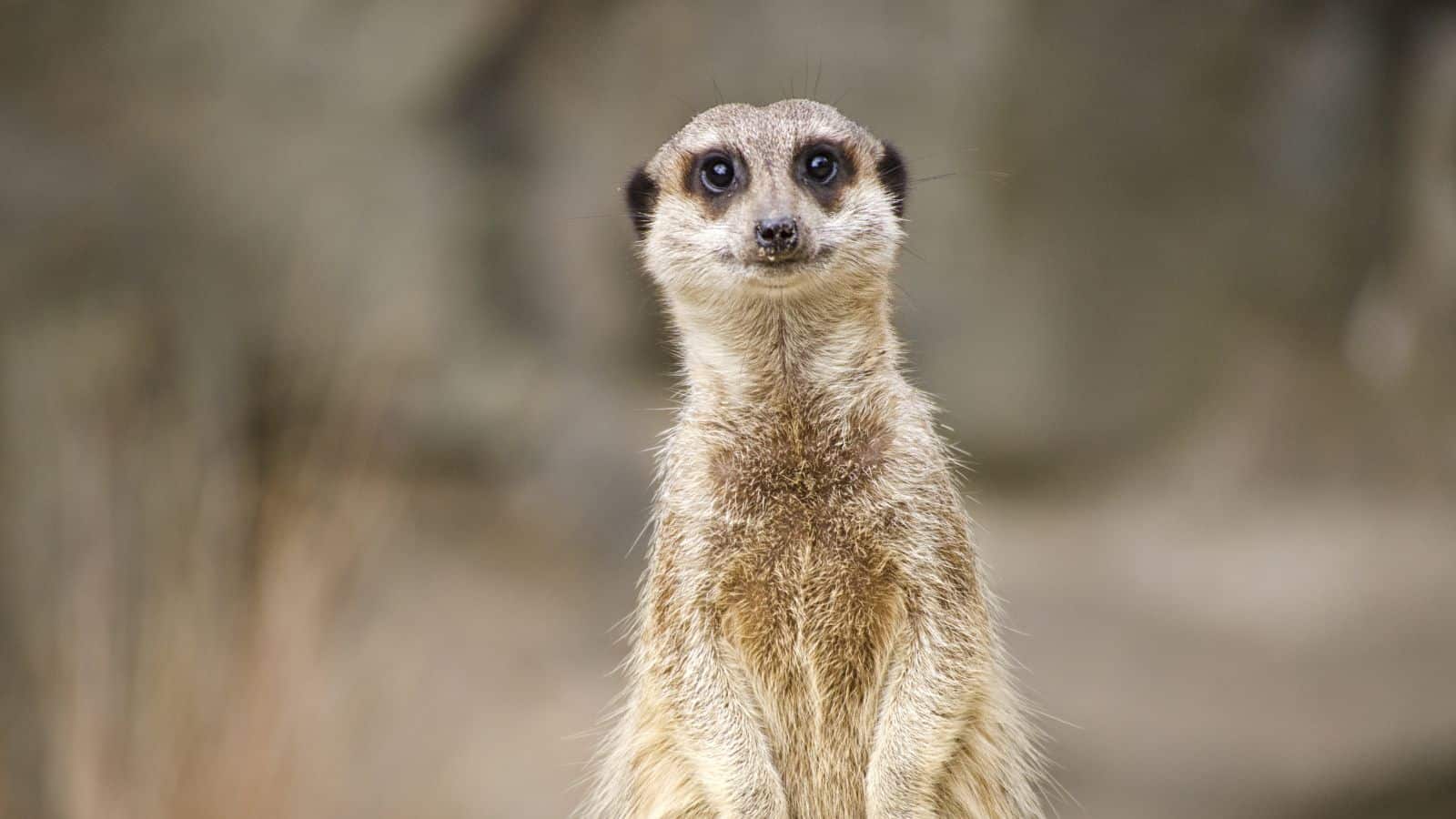
The meerkat is a small, social mammal known for its upright stance and cooperative behaviour. Living in large groups called mobs, they work together to find food and watch for predators. Meerkats also have excellent eyesight and can spot danger from far away.
Secretary Bird
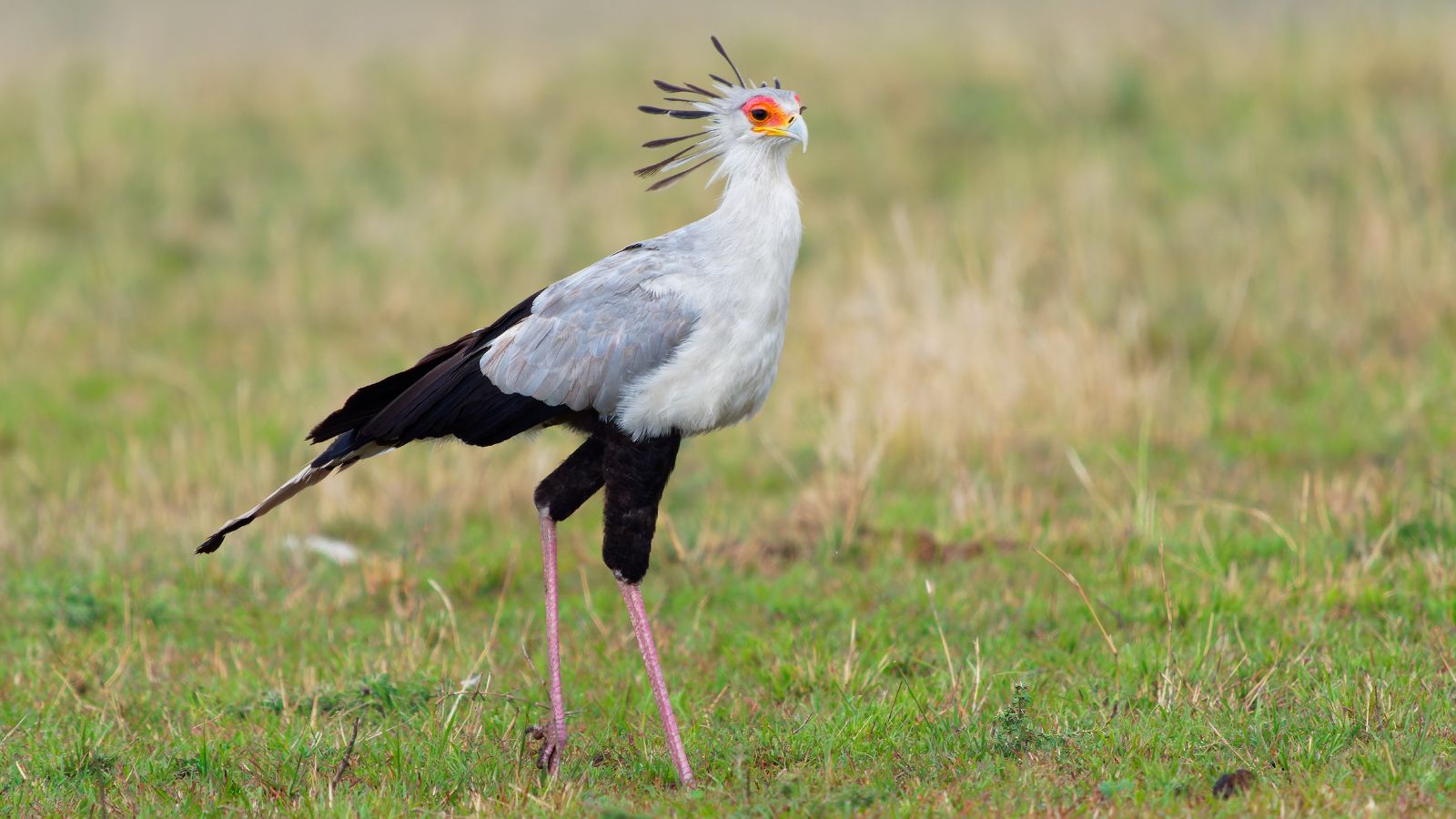
Our final fierce animal from the African savanna is the secretary bird, a unique raptor distinguished by its long legs and distinctive appearance. Secretary birds hunt on foot, using their powerful legs to stomp on prey such as snakes and rodents. With their striking appearance and unusual hunting style, secretary birds are a fascinating example of the diversity in this part of the world.

